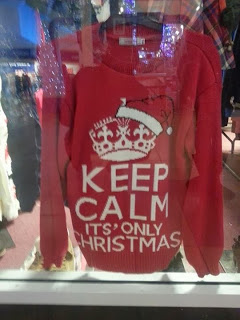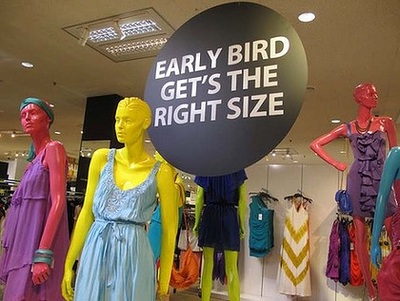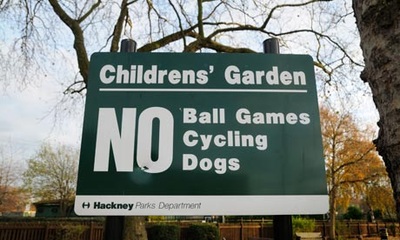There is apostrophes pictue test at the bottom of this page
Apostrophes are very important as they make language easier to understand.
Apostrophes have two uses:
Apostrophes have two uses:
- Apostrophes show you that some letters have been taken out of a word to shorten it.
- Apostrophes show that something belongs to or is connected with something else. To show belonging you add: _'s
1. Apostrophes show that some letters have been taken out of a word to short it
Do not becomes don't
Can not becomes can't
I will becomes I'll
Could have becomes could've
The apostrophe goes where the letters have been removed. Apostrophes are used this way in informal writing. You should not shorten words when you are writing formal letters.
NOTE: sometimes words are shortened in an irregular way. The apostrophe, however, is still used to show where letters are missed. For example:
Will not becomes won't (not willn't)
Can not becomes can't
I will becomes I'll
Could have becomes could've
The apostrophe goes where the letters have been removed. Apostrophes are used this way in informal writing. You should not shorten words when you are writing formal letters.
NOTE: sometimes words are shortened in an irregular way. The apostrophe, however, is still used to show where letters are missed. For example:
Will not becomes won't (not willn't)
2. Apostrophes show that something belongs to or is connected with something else. To show belonging you add: _'s
The cat's tail - says the tail belongs to the cat
The newspaper's readers - says that the readers are connected with the newspaper.
Tony's hair - says that the hair belongs to Tony.
NOTE: usually the apostrophe goes before the 's'.
If the owner already ends in 's' then the apostrophe goes after the 's' that is already there. You just need to add an apostrophe. For example:
The dogs' bowls - says that the bowls belong to some dogs.
The boys' coats - says that the coats belong to some boys.
The cars' wheels - says that the wheels belong to some cars
Watch our for plurals that don't end in 's'. Words like 'men' and 'children' don't end in 's', but they are talking about lots of people. These words use 's to see possession. For example:
The men's hats - says that the hats belong to the men.
The women's house - says that the house belongs to the women.
Some common errors:
"Watermelon's Two dollars each!" (Never use an apostrophe to make a plural)
Our teacher let's us play under the trees. (Let's ALWAYS means "Let us", as in "Let's go!")
Someone scribbled on the childrens' books. (Should be "children's")
It's and Its...
It's means 'it is': e.g. It's cold outside today.
But there is no apostrophe after 'it' to show belonging: e.g. The kitten likes to chase its own tail.
The newspaper's readers - says that the readers are connected with the newspaper.
Tony's hair - says that the hair belongs to Tony.
NOTE: usually the apostrophe goes before the 's'.
If the owner already ends in 's' then the apostrophe goes after the 's' that is already there. You just need to add an apostrophe. For example:
The dogs' bowls - says that the bowls belong to some dogs.
The boys' coats - says that the coats belong to some boys.
The cars' wheels - says that the wheels belong to some cars
Watch our for plurals that don't end in 's'. Words like 'men' and 'children' don't end in 's', but they are talking about lots of people. These words use 's to see possession. For example:
The men's hats - says that the hats belong to the men.
The women's house - says that the house belongs to the women.
Some common errors:
"Watermelon's Two dollars each!" (Never use an apostrophe to make a plural)
Our teacher let's us play under the trees. (Let's ALWAYS means "Let us", as in "Let's go!")
Someone scribbled on the childrens' books. (Should be "children's")
It's and Its...
It's means 'it is': e.g. It's cold outside today.
But there is no apostrophe after 'it' to show belonging: e.g. The kitten likes to chase its own tail.
Apostrophe test. Look at each image and guess if the apostrophes are in the correct place or not.
Check if you are correct by hovering over the image.
Check if you are correct by hovering over the image.








